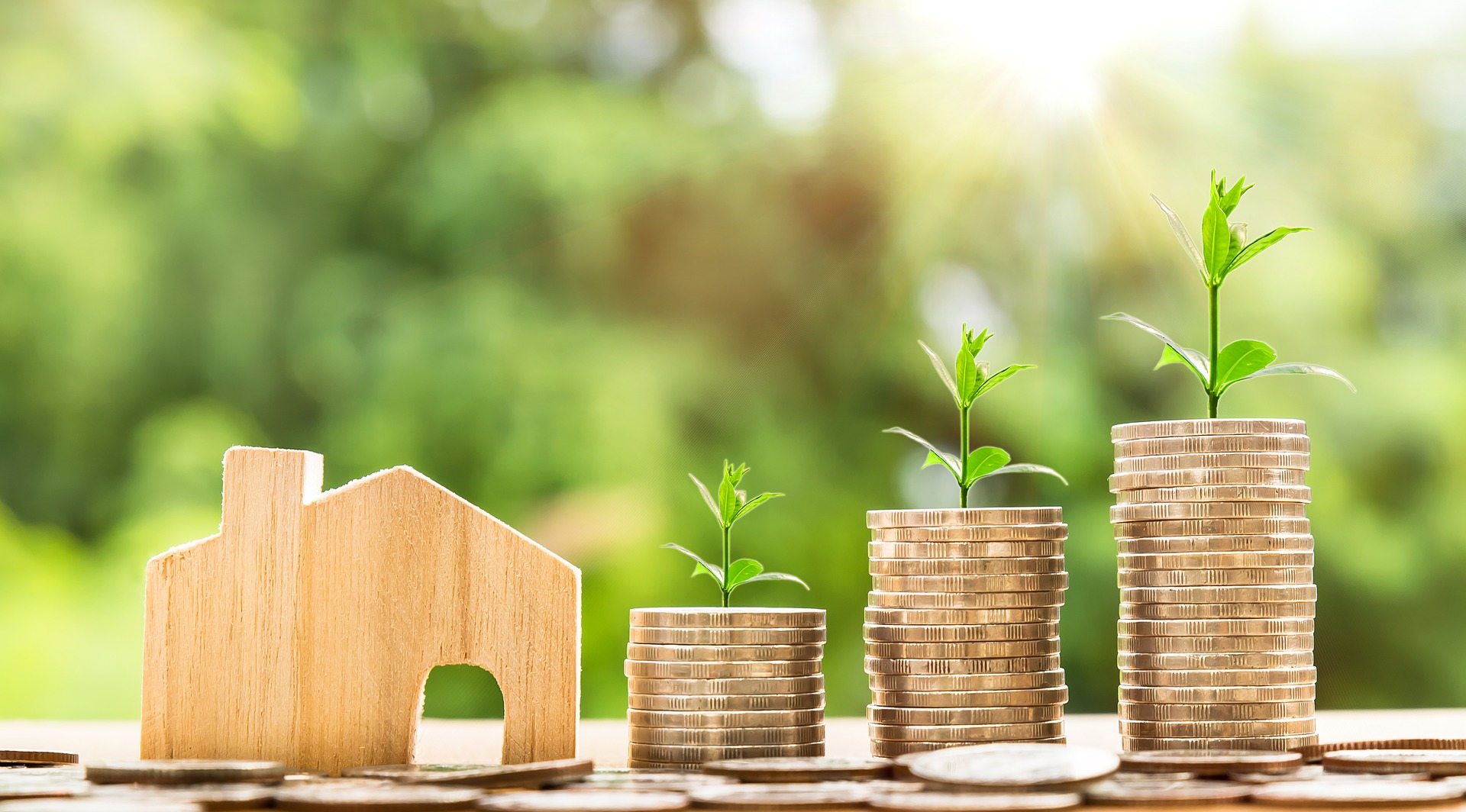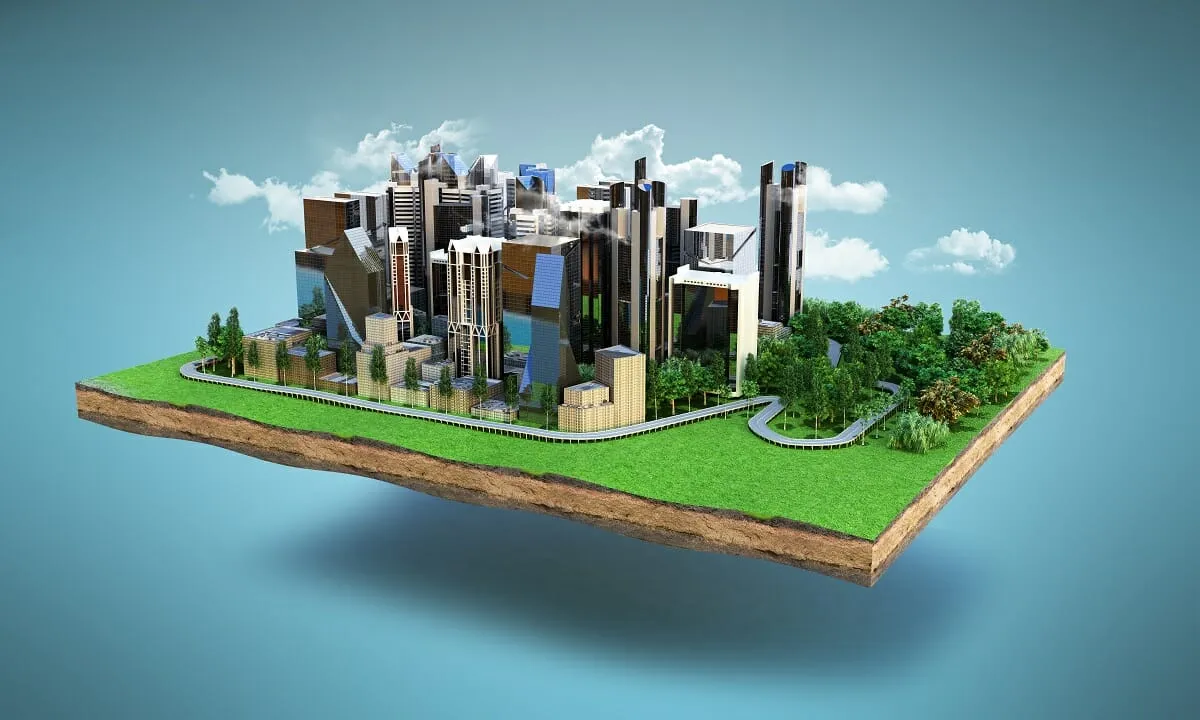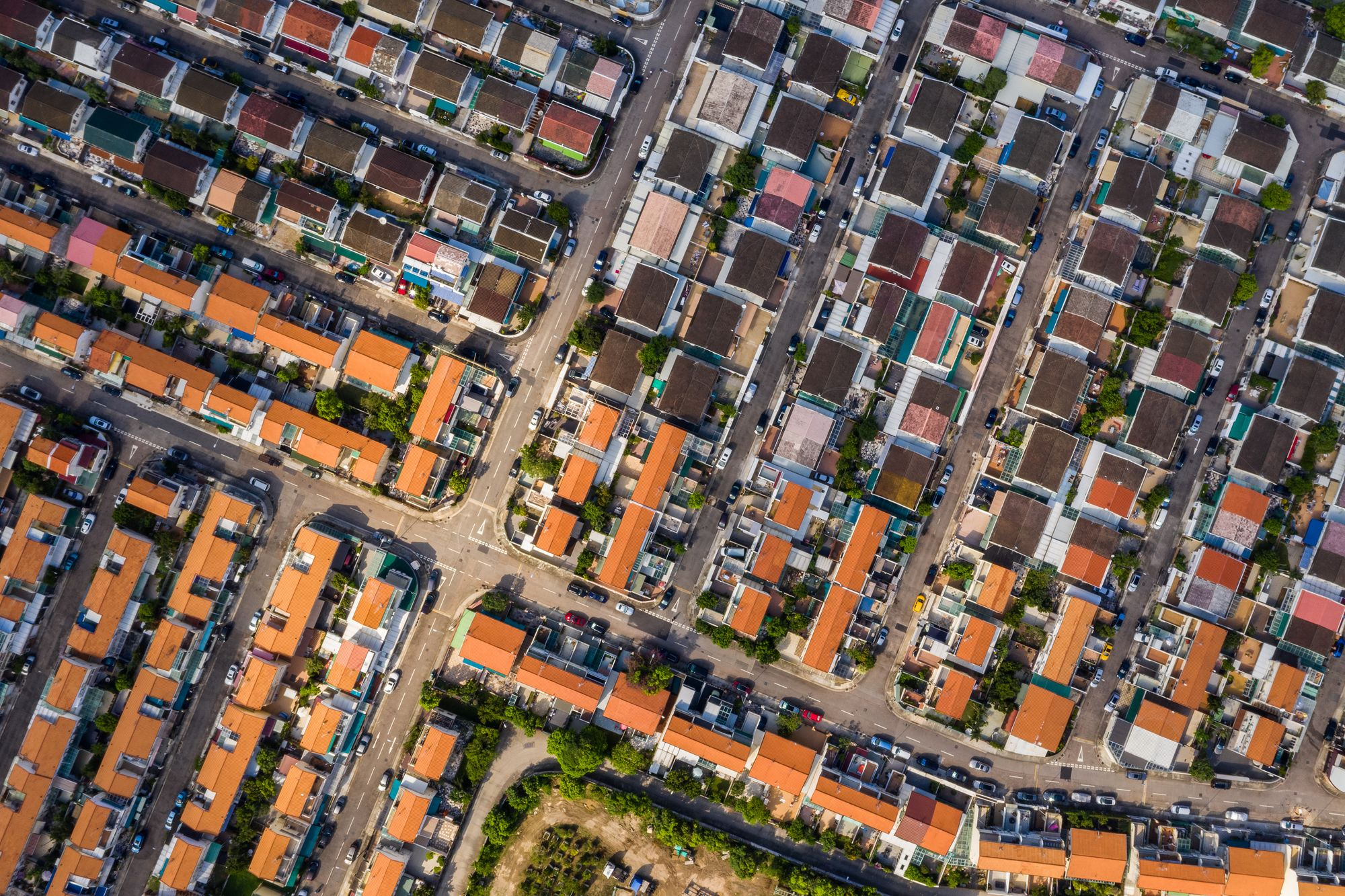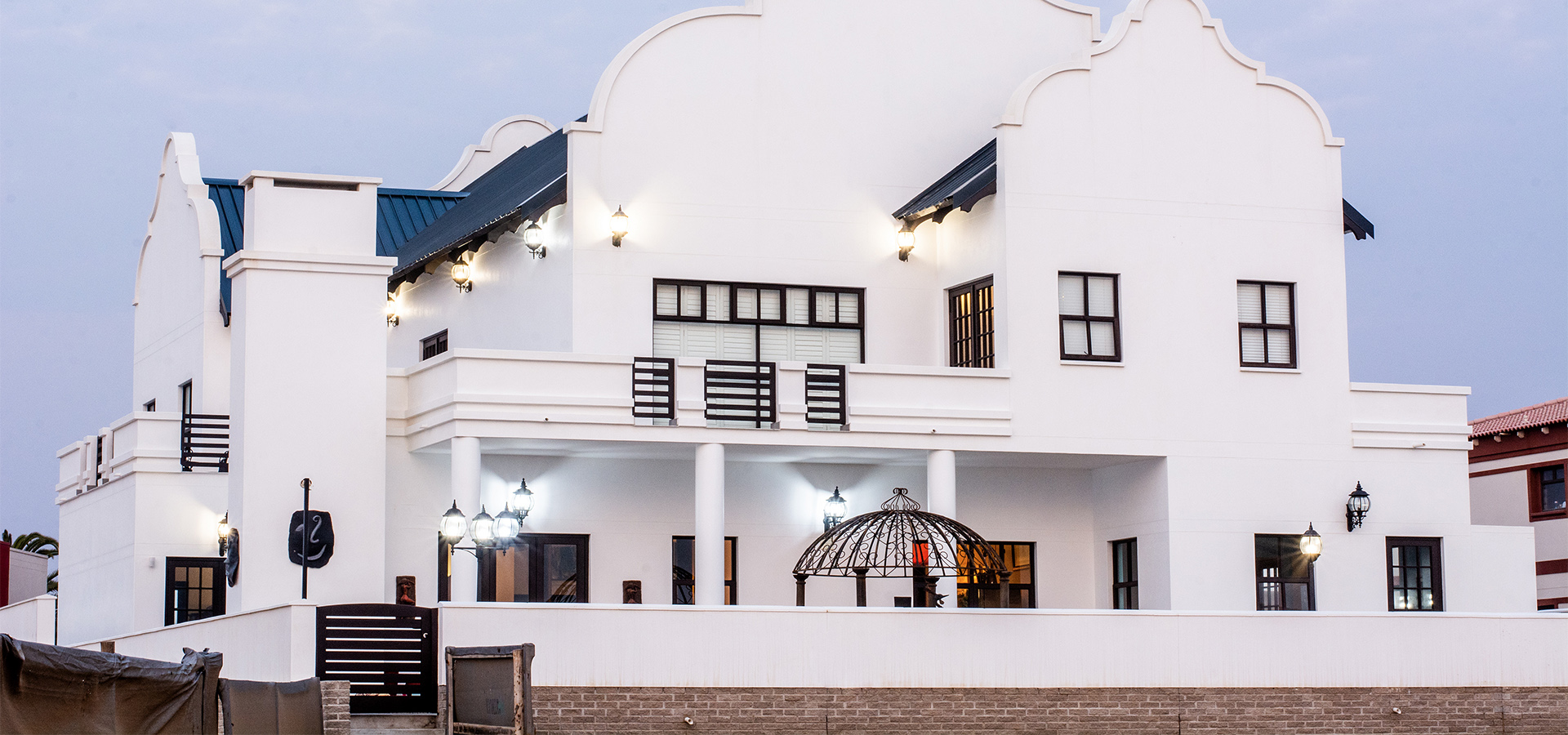FNB Namibia’s Housing Index revealed yesterday that in June the average house in Namibia cost 6,4 per cent more than a year ago.
Disposable income is under pressure and macro-economic challenges continue aggravating the Namibian housing market that saw the annual price growth slowing down to 6,4 per cent in June.
This substantial decline is more evident in real price changes, which has been in the red for the past seven months. Housing demand is suffering and it is not surprising that properties are on the market for 24 weeks on average.
The bank says that affordability is bound do become more challenging against this macro-economic backdrop and that housing demand should remain weak.
The average central residential properties nominal value increased 9 per cent in June compared to a year ago. The average house prices in the capital is now N$1,588,000 and N$775,000 in Gobabis.
The growth is constant in the coastal region, which saw Swakopmund and Walvis Bay growing by 22 per cent on annual basis.
Southern property prices grew by 15 per cent in June and Northern houses prices dipped for the third consecutive year in June taking the average price to N$835,000. Oshakati and Rundu price fall of 29,6 per cent and 20,5 per cent respectively, had a huge impact on the overall picture in the northern region.
The latest Knight Frank quarterly report shows that hose prices have globally increase by 5,6 per cent in June, putting Iceland at the top for the second consecutive year with a growth of 23,2 per cent.
The economy is gradually recovering and growth opportunities stay limited to the primary sector where mining and agriculture are recovering from last year’s poor performance. Nonetheless, constrained employment and income growth and low consumer and business confidence are a burden on housing demand.
The coastal market seems the only one not to be affected.
Overall mortgage advances have decelerated and property prices are expected to slow down even further.




